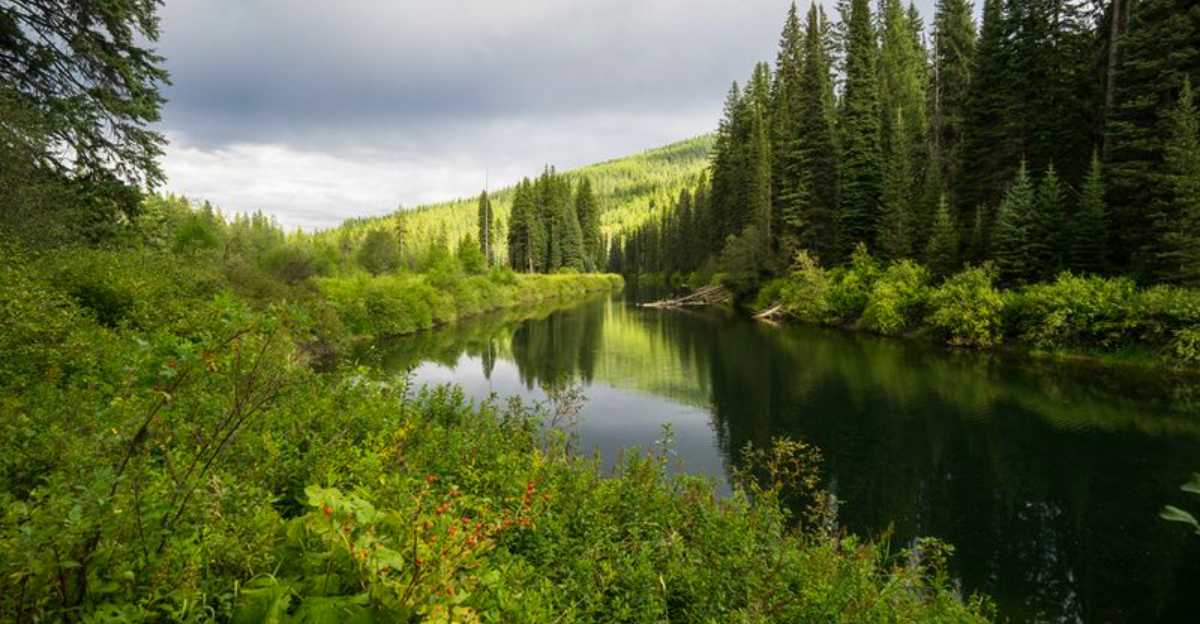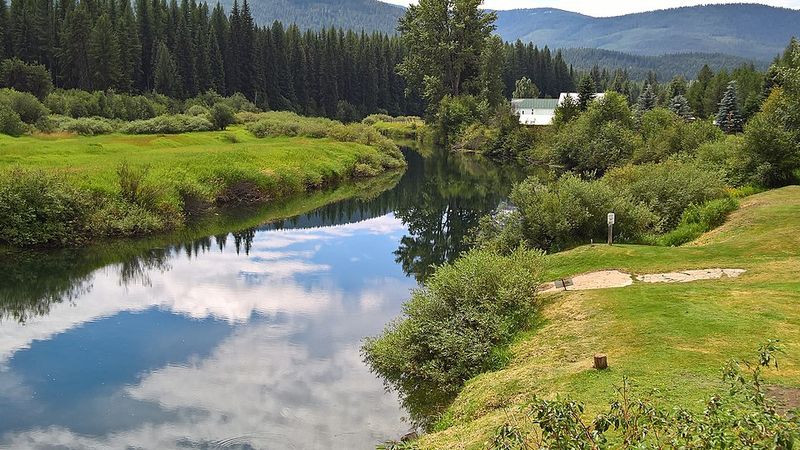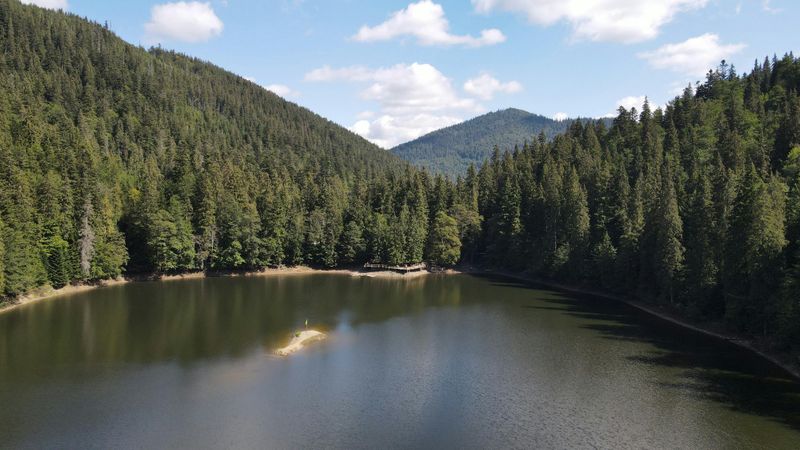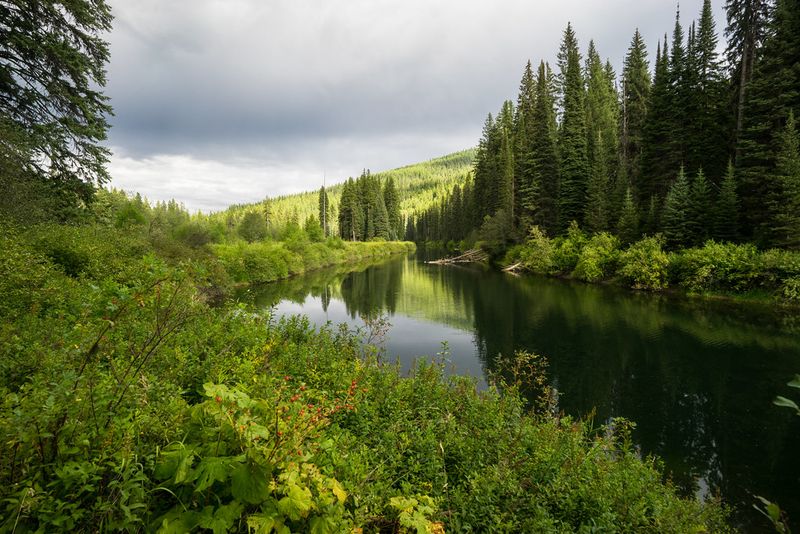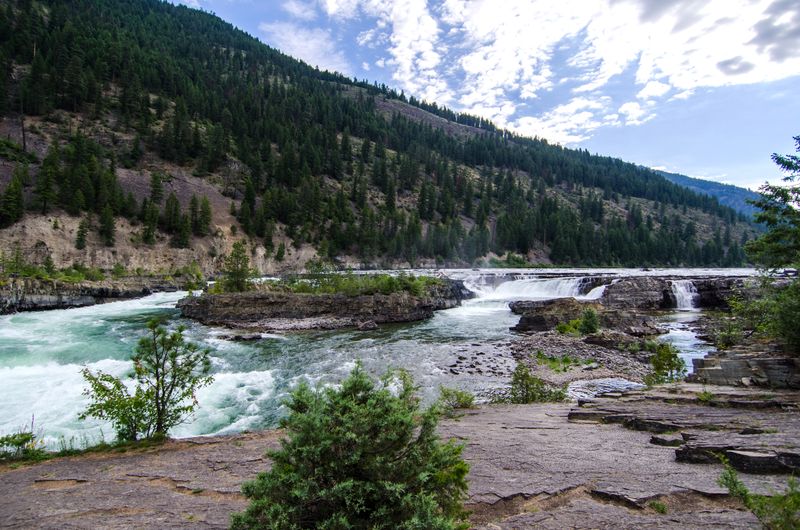Hidden in Montana’s far northwest corner lies a valley so remote that even lifelong Montanans often overlook it. Yaak Valley remains one of the state’s best-kept secrets, tucked away where wilderness still rules and cell towers fear to tread. With dense forests, rushing rivers, and wildlife that outnumbers people by a landslide, this place offers something increasingly rare: true escape. If you’re craving an adventure off the beaten path, Yaak Valley deserves a spot on your map.
Wilderness at the Edge of the Map
Yaak Valley sits tucked in Lincoln County, deep within the Kootenai National Forest, right where Montana kisses the Canadian border. Carved by the Yaak River and surrounded by the Purcell and Cabinet Mountains, this place feels like the world forgot to finish paving it. Only 338 people call the Yaak CDP home, according to the 2020 census, which means you’re more likely to spot a moose than a neighbor.
Most of the land here remains public and roadless, offering a rare chance to step beyond civilization’s reach. Wilderness doesn’t just surround you in Yaak—it starts right at your doorstep. Roads fade into trails, and trails fade into pure, untouched backcountry that stretches for miles.
Rainforest in Montana and Ecological Richness
Most people associate rainforests with tropical jungles, but Yaak Valley hosts something far more unusual: an inland temperate rainforest. Thanks to relatively high precipitation for inland Montana, the valley supports towering western red cedars, hemlocks, and forest floors blanketed in moss. Continental Rocky Mountain weather collides with Pacific moisture here, creating microclimates that shelter species sensitive to climate shifts.
Grizzly bears, black bears, wolves, and lynx roam these woods alongside diverse plant life, including rare species found nowhere else. Conservation groups work hard to protect old-growth stands and maintain wildlife corridors for large mammals. Yaak isn’t just beautiful—it’s ecologically irreplaceable, a living library of biodiversity.
Routes, Rivers and Remote Access
Getting into Yaak feels like crossing into another realm entirely. The Yaak River Scenic Drive begins where US-2 meets Highway 508, winding roughly 29 miles into the heart of the valley. Along the way, you’ll pass Yaak Falls, forested slopes, wildflower meadows, and plenty of pull-offs for river views and photo ops.
Travelers can loop back toward Libby or Highway 2, exploring deeper into Kootenai territory along the way. Be warned: sections can turn slow or tricky during rain or winter, and wildlife encounters are common. Cell service? Forget about it. Because of this access pattern, Yaak retains a feeling of withdrawal from typical tourist routes, rewarding those willing to venture off-grid.
Why Yaak Remains Magic—Threats, Solitude and Legacy
Yaak’s remote scale is part of its magic: few roads, fewer people, and wild country that remains genuinely undisturbed. Yet the valley isn’t without pressures—logging proposals, especially in the Black Ram area, threaten old-growth patches that define its character. Conservationists frame the debate around wildfire mitigation versus ecological integrity, pushing hard to protect climate refugia that species depend on.
For travelers, Yaak offers fly fishing, hiking, camping, wildlife viewing, and starry skies with almost zero light pollution. Getting away from it all isn’t just advertising here—it’s reality. Locals sometimes joke that Yaak stays off most maps’ radar, and that’s exactly what gives it magic worth preserving.
